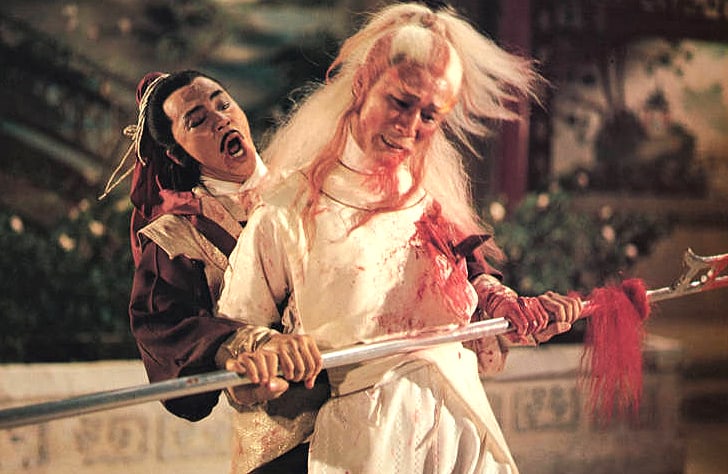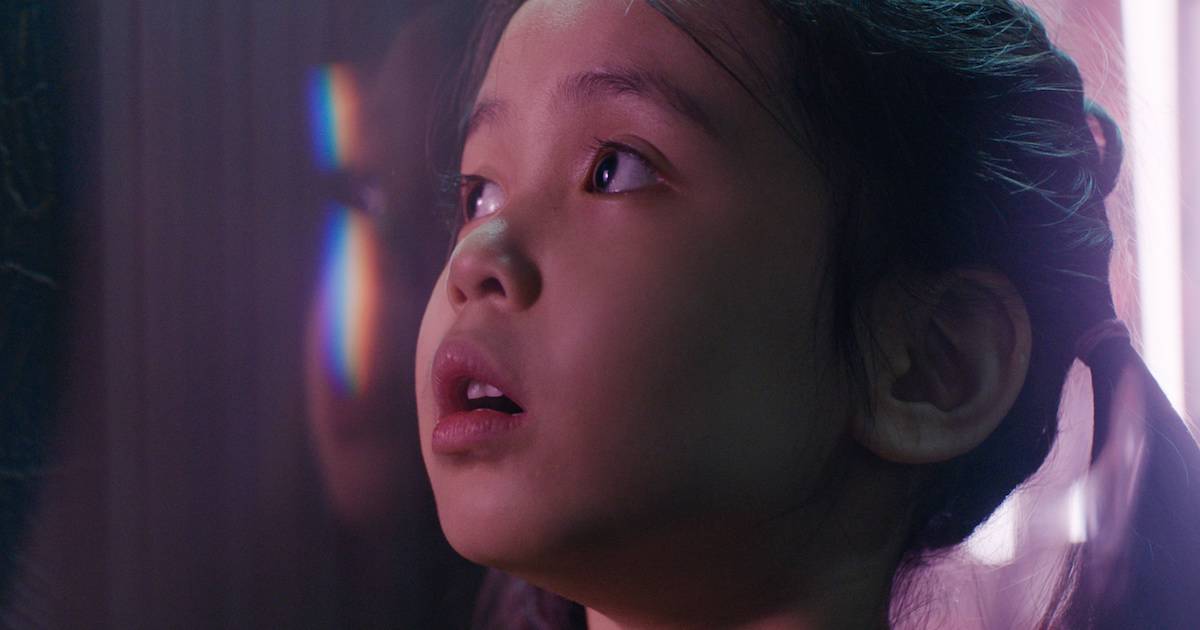Yuzo Kawashima is the missing link between the collective style of Japanese cinema in the first half, and the second halves of the twentieth century. His movies, predominantly based on melodrama, exude a sense of classic Japanese cinema as we know it to be. However, they are also modern in their outlooks, more so than the works of the other major directors of his era. “Hungry Soul, Part II” is the sequel of his “Hungry Soul,” released in the same year.
Buy This Title
Reiko Shiba still tolerates continuous abuse from her husband, Naokichi Shiba. However, a flicker of hope in her life is the value shown to her by a business rival of her husband, Retsuto Tachibana. Reiko falls for Tachibana and dreams of a happy life, free from the constant degradation she is subjected to by her husband, who treats her like a maid rather than his wife. On the other hand, Mayumi Ogouchi, now running a hotel, continues her under-wraps relationship with Masaharu Shimotsuma. Her children, a boy attending university and a school-going girl, are repulsed by the idea of this affair. However, an opportunity arises in front of Shimotsuma and Mayumi to further the scope of their relationship.
Throughout the runtime, “Hungry Soul, Part II” focuses on the titular hunger of souls. Constant abuse has ruined Reiko to the point of hopelessness. She, therefore, does not embrace the ray of hope when it appears at first. She is a fully-realized character, who takes time to entertain the option of escape that Tachibana opens up for her. The sluggishness of her soul builds up a resistance, but once the shell breaks open, she falls deeply. Resistance and escape, almost oxymoronic in definitions, are used to enhance the build up tension. The same resistance is the centerpiece of Mayumi's saga. Mayumi gets lesser focus than Reiko in the movie, and her case is even more pathetic, and controversial in the patriarchal eyesight. She is older, with children in an age of understanding the highs and lows of life. Resistance and escape, two sides of the soul's direction: resistance towards patriarchy and escape from it.
The fight for individuality, the focus of the first film, remains the most noticeable feature, one which decides every move of the female characters. A search for individuality requires an enormous quantity of mental fitness and courage. How the scale of courage goes through ups and downs in the respective lives of Reiko and Mayumi is the most engaging observational exercise through the runtime of the movie. The male characters enhance their display of complexity in the sequel. Tachibana belies much of his emotional stature, and his smartness makes him overcome uncomfortability. It is interesting to note that Kawashima never outright strikes the male characters for being unreliable to their respective beloved women. Dishonesty marks their every step. However, they, at least apparently, endeavour to overcome their lack of judgments. The amount of sincerity included in said endeavours is never discussed by Kawashima; it is perhaps a decision left to the sensibilities of the viewer.
The duo of films are set in a delicate period of Japanese history: modernity and traditions are in midst of a cold war of sorts, the escalation of which is scorchingly non-violent. Cars roam the streets, sky-reaching towers are erected and a new Japan is born. Nevertheless, it is also a time of an uncomfortable emptiness. Kurataro Takamura, the cinematographer, is efficient to display it through empty corridors and spaces. This vacuum is as psychological as it is physical. The Japanese society, at that point, is conflicted on its way towards the future, and an inevitable result of such lack of surety is a perception of desolation. Also tempting is the discussion of the frequent visuals of food and drinks in the movie, a point which I unfortunately missed in my review of the first film. Scenes of dining and drinking frequent both movies, and add to the realization of thinness of the layer of ice the characters, and the society stand on. Emotions are ready to break forth, but tension engulfs the screen, almost as a visual presence.
The actors are, once again, fitting in their respective roles. The standout from the first movie, Yukiko Todoroki, again shines through her delicate two-way portrayal of a woman: a lover and a mother. The same can be said about the performance of Yoko Minamida, whose subdued performance is a pristine representation of the nature of her character. Kimihiko Nakamura's art direction is an addition to the brilliance of the movie, as the mise-en-scène is as integral to Kawashima's melodrama as are the conflicted characters.
“Hungry Soul, Part II” is thus an enhancement to the original film, one which captures the thematic density of the first and qualitatively intensifies through its display of conflict.
















